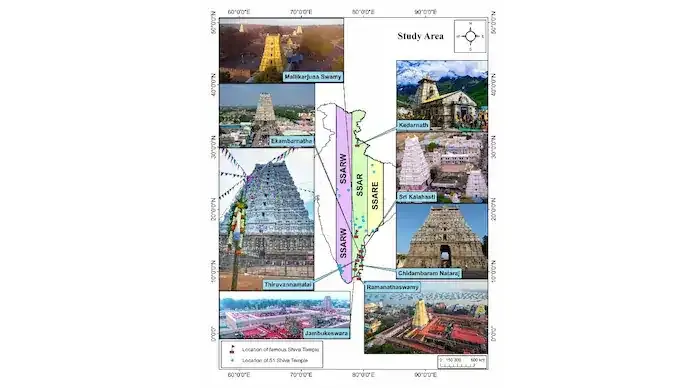Shopping cart
Your cart empty!
Terms of use dolor sit amet consectetur, adipisicing elit. Recusandae provident ullam aperiam quo ad non corrupti sit vel quam repellat ipsa quod sed, repellendus adipisci, ducimus ea modi odio assumenda.
Lorem ipsum dolor sit amet consectetur adipisicing elit. Sequi, cum esse possimus officiis amet ea voluptatibus libero! Dolorum assumenda esse, deserunt ipsum ad iusto! Praesentium error nobis tenetur at, quis nostrum facere excepturi architecto totam.
Lorem ipsum dolor sit amet consectetur adipisicing elit. Inventore, soluta alias eaque modi ipsum sint iusto fugiat vero velit rerum.
Sequi, cum esse possimus officiis amet ea voluptatibus libero! Dolorum assumenda esse, deserunt ipsum ad iusto! Praesentium error nobis tenetur at, quis nostrum facere excepturi architecto totam.
Lorem ipsum dolor sit amet consectetur adipisicing elit. Inventore, soluta alias eaque modi ipsum sint iusto fugiat vero velit rerum.
Dolor sit amet consectetur adipisicing elit. Sequi, cum esse possimus officiis amet ea voluptatibus libero! Dolorum assumenda esse, deserunt ipsum ad iusto! Praesentium error nobis tenetur at, quis nostrum facere excepturi architecto totam.
Lorem ipsum dolor sit amet consectetur adipisicing elit. Inventore, soluta alias eaque modi ipsum sint iusto fugiat vero velit rerum.
Sit amet consectetur adipisicing elit. Sequi, cum esse possimus officiis amet ea voluptatibus libero! Dolorum assumenda esse, deserunt ipsum ad iusto! Praesentium error nobis tenetur at, quis nostrum facere excepturi architecto totam.
Lorem ipsum dolor sit amet consectetur adipisicing elit. Inventore, soluta alias eaque modi ipsum sint iusto fugiat vero velit rerum.
Do you agree to our terms? Sign up

A groundbreaking study has revealed that eight of India’s most iconic Shiva temples were not only spiritual centers but also strategically located in regions rich in natural resources. The research suggests that ancient temple builders may have intentionally integrated faith with environmental planning.
The study, conducted by IIT Roorkee in collaboration with Amrita Vishwa Vidyapeetham and Uppsala University, was published in Humanities and Social Sciences Communications (Nature Portfolio). It highlights that temples stretching from Kedarnath in Uttarakhand to Rameswaram in Tamil Nadu are aligned along a narrow north-south axis called the Shiva Shakti Aksh Rekha (SSAR), centered on the 79°E meridian.
Scientific Insights from Satellite Data
Using satellite imagery, geospatial modelling, and productivity analysis, researchers discovered that the SSAR region, covering just 18.5% of the study area, holds remarkable potential. It could produce 44 million tonnes of rice annually and generate 597 gigawatts of renewable energy—a figure surpassing India’s present renewable energy capacity.
Northern temple zones such as Kedarnath are situated in areas with strong hydropower prospects, while southern sites in Tamil Nadu align with solar and wind energy-rich regions. This evidence suggests that temple construction may have been informed by practical environmental knowledge alongside spiritual considerations.
Spiritual Symbolism Meets Practical Knowledge
The research also explores how Shiva temples embody the concept of Panchabhuta—the five natural elements: Earth, Water, Fire, Air, and Space. This dual alignment of spiritual symbolism and ecological awareness indicates a sophisticated understanding of sustainability in ancient Indian civilisation.
Speaking to India Today, Professor K. S. Kasiviswanathan, Principal Investigator from IIT Roorkee, said:
“Our study shows that temple builders were not only guided by devotion but also by a deep awareness of nature’s abundance, integrating sustainability into sacred spaces.”
Civilisational Wisdom for Modern Sustainability
IIT Roorkee Director Professor Kamal Kishore Pant stressed that decoding the reasoning behind temple locations offers valuable lessons for today’s climate challenges:
“Ancient wisdom, combined with modern science, can inspire new approaches to sustainable development.”
Archaeological findings from river basins like the Vaigai and Porunai further support the idea that temple sites were deliberately chosen for their stable landforms, fertile lands, and access to water—serving as enduring civilisational markers.
Voices from the Research Team
Lead author Bhabesh Das, a research scholar at IIT Roorkee, remarked:
“Our findings suggest temple builders were also environmental planners. Their choices were shaped by both faith and resource awareness.”
Professor Thanga Raj Chelliah, Head of the WRDM Department at IIT Roorkee, added that this project represents a rare blend of heritage and science:
“By revisiting ancient practices with modern tools, we can draw vital lessons for sustainable futures.”
A Heritage of Climate Resilience
The study highlights how India’s cultural heritage carries embedded environmental intelligence. By revisiting these ancient patterns, contemporary planners can integrate traditional knowledge into strategies for climate resilience and sustainable growth.
15
Published: Sep 26, 2025